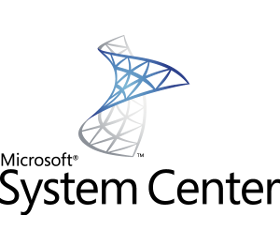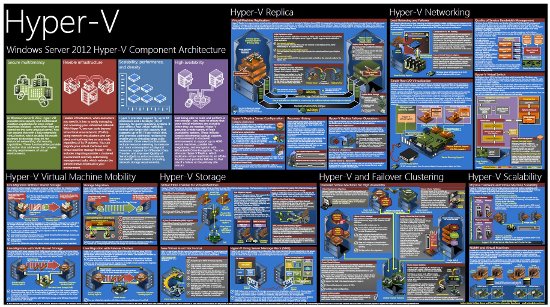Microsoft on Tuesday upgraded its System Center suite, making it a hybrid cloud manager and a more complete manager including capabilities featuring in Windows Server 2012, launched last September.
System Center 2012 and Windows Server 2012 are knitted in a very tight manner. As per the words from Michael Park, corporate VP for server and tools business marketing, Microsoft has achieved what it refers to as its “Cloud Operating System”. The term predominantly means that System Center can not only escalate across many Windows Server 2012 servers, but can also link up operations that may be spreaded across more than one data center.
Last Tuesday, System Center 2012 was improved with Service Pack 1. It’s been stretched out in order to make a single instance of System Center’s Virtual Machine Manager module capable of handling up to 8,000 virtual machines on a cluster with 64 hosts. By adding another Virtual Machine Manager instance, it can manage another 8,000 VMs.
System Center with SP1 when combined with Windows Server 2012, allows an IT administrator to build Hyper-V virtual machines and deploy them to his own data center, a remote hosting service provider or a public cloud, such as a Windows Azure site.
If the hosting service provider is from the 14,000 that has assembled itself with its own variant of System Center, then the enterprise IT manager can look after any type of workload on its turf, in a hosting service provider’s data center or in the Windows Azure cloud, all from a single System Center console.
This is all due to Microsoft supplying Service Provider Foundation as part of the hosting provider’s version and including an API that allows an on-premises system call to a service provider system to get a look of a particular running workload.
“System Center can be the glue that brings it all together for the customer,” said Mike Schutz, general manager of server and tools business marketing, in an interview. Microsoft has previously talked up some of the capabilities now included in Service Pack 1. “This release puts an exclamation point on them,” he added.
To read the complete article, click here.




